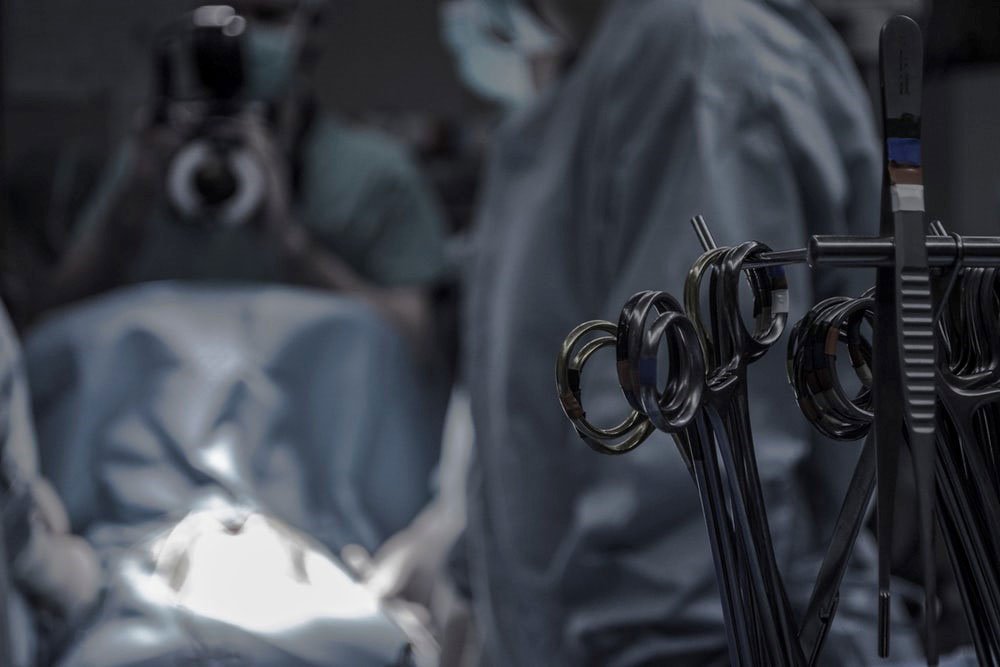There are advancements all over STEM industries, and healthcare is no different. While we’re all going out to buy the latest gadget that will make making a cup of coffee easier, the healthcare industry is taking every advancement they can to improve lives.
There are a lot of innovative healthcare technologies that have made improvements to the industry. Take a look at our favourites.
AI controlled limbs
Prosthetics have come in leaps and bounds over the past few years. First, there was the invention of 3D printing, which made prosthetics more affordable and therefore more accessible. With the ease of manufacturing bringing the price down, children who need prosthetics can have multiple that they will grow into and out of throughout their lifetime with ease. Plus, the 3D-printed nature of them means they can be personalized to fit better for better comfort.
And that’s all before the headline-grabbing innovation that is AI-controlled limbs. Sticking with arms right now, a chip surgically implanted in the brain allows users of these space-age limbs to control their arms with their thoughts. Sensors in the arm pick up signals from the stump and the brain and carry out the expected action.
The self-retaining surgical retractor
Given recent events, we’re more aware than ever of the viral nature of bacteria and how quickly they can spread, and how devastating the effects can be. The self-retaining retractor can be a big help when it comes to bacteria in the operating room.
Self-retaining medical retractors have quickly become a vital part of surgery and the subject of tremendous advancement in recent years.
The most notable advancement is the Galaxy II, which was inspired by old retractors using screw mechanisms but offers a much lighter tool and safer design. It will keep soft tissues such as organs and muscles at bay while the surgeon works without the need for it to be held by an assistant.
This is important in the operating room, where keeping as few hands as possible around the operating table will make a big difference to hygiene. It is single-use so there is no chance of transferring bacteria between patients and it comes with a personal light so that visibility is improved for the surgeon.
Smart surgical glasses
Everything nowadays is becoming smart. Your TV, kettle, thermometer, all of them, can monitor the given situation they’re in and offer solutions, which, for the most part, are confirmed via smartphones.
However, doctors are trying to bring that technology to the operating room today. The idea of smart glasses isn’t anything new, but they will be especially useful when they can be applied in surgery, where having a hands-free experience would make a big difference.
Surgical smart glasses can provide a surgeon with important images or references while they’re in theatre, train new surgeons with a combination of watching and doing simultaneously, and record ground-breaking surgeries while they work.



